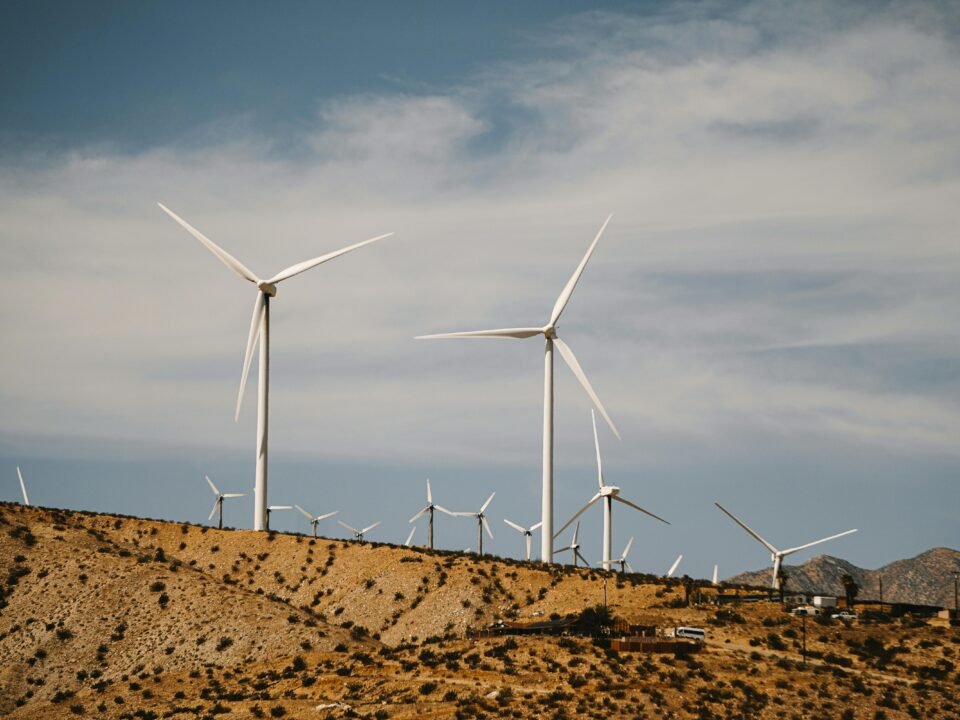Did you know that India is one of the few countries in the world that has seriously resorted to using various sources of renewable energy? In the Paris Agreement, conducted in 2016, India has committed to a commendable target of achieving at least 40% of its total energy generation from non-fossil fuel sources till 2030. We are doing quite well on our promise as well. By the end of the second quarter of 2019, our total electricity generated from completely renewable sources was about 130.68 GW, which is about 37.7% of our total installed capacity to generate electricity as a nation.
But how are we as a nation able to make such big claims? It’s because geographically, demographically and man-power wise, we are an ideal country for renewable energy generation. Why? Let’s explore…
1.The tropical location
India is a sub-tropical nation with high solar isolation, which means uninterrupted exposure to sunlight. Our government has been encouraging with schemes like Jawaharlal Nehru National Solar Mission that aims to produce 20GW grid capacity by 2022. With this mission, India has already established itself as a global leader in solar power generation. We also have banks like Syndicate and Canara Bank giving subsidized Solar Loan Program, with state governments giving some tax benefits as well.
2.Our rivers
Did you know that India is the 7th largest producer of Hydro-powered electricity in the world? Our peninsular is rich with rivers and water bodies that have been extensively turned into huge damns like the Bhakra Nangal Dam, which is one of the largest in the world. To be precise as of 30th March 2020, 24.4% of India’s total power consumption was generated through Hydroelectricity.
3.Ideal topology
India is has a versatile terrain. We have lush green river beds in the north, fertile plains on the coast, a mineral-rich plateau in the middle, the Sahyadri mountain range that blocks harsh western winds, the gigantic Himalayan peaks and the Sahara desert. There is potential but developing large scale wind farms is an arduous task due to various technical difficulties. However, now we are the world’s fourth-largest producer of energy generated with wind power.
4.Farming and Biogas
Agriculture is still one of the top ways to earn livelihood in our country. We have small-scale farmers and those who do commercial farming on a large scale. These farms produce a lot of bio-degradable animals and plant waste that needs to be composted into manure. So biogas plants are a win-win in this situation. Many individual houses in the 2-tier and 3-tier cities also have small domestic biogas plants in their backyard to meet daily needs.
5.The talent pool
India has 70% of its population in the working demographic with 40% below the age of 30 years. This emphasizes our large potential to develop various modes of technology to reduce the utilization of energy and to produce newer and more innovative methods to generate power as well.
6.Growing start-up culture
Our government has set-up many collaborative co-working zones that are funded and aided by large conglomerations as well as the state governments. With youngsters now having sufficient means to meet the end along with appropriate exposure to global opportunities, many small companies with new technologies have entered the market to develop the renewable energy sector.
7.Centre of global collaboration
With such a bright and vast talent pool and natural resources as a foundation, over 293 global and national companies have promised investments in India’s green technology projects to generate about 266 GW of renewable energy by 2030. For example, a branch of the World Bank Group, the International Finance Corporation, has sought to invest $6 billion in it by 2022.




